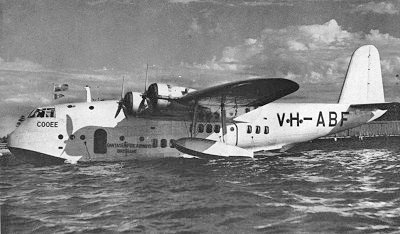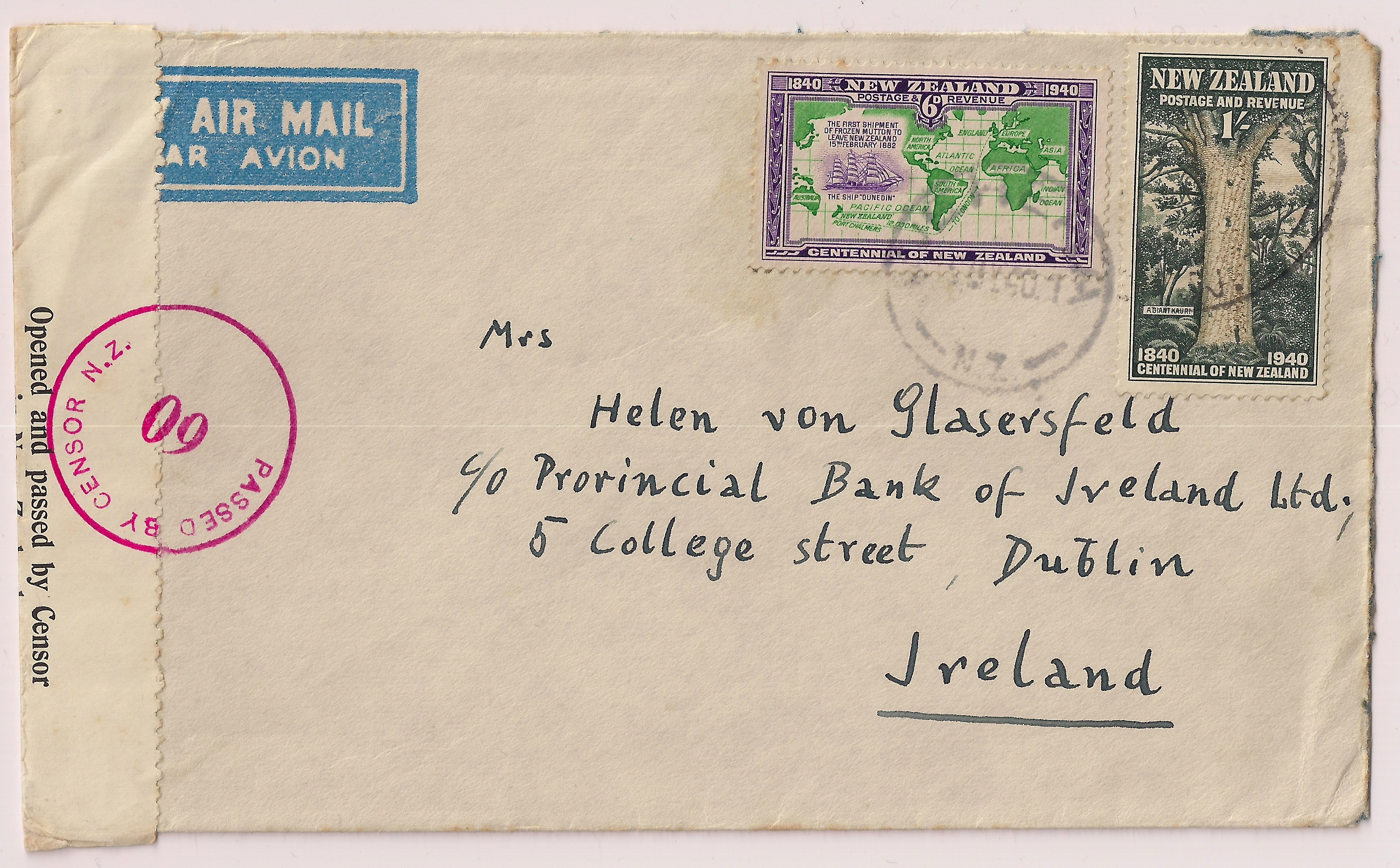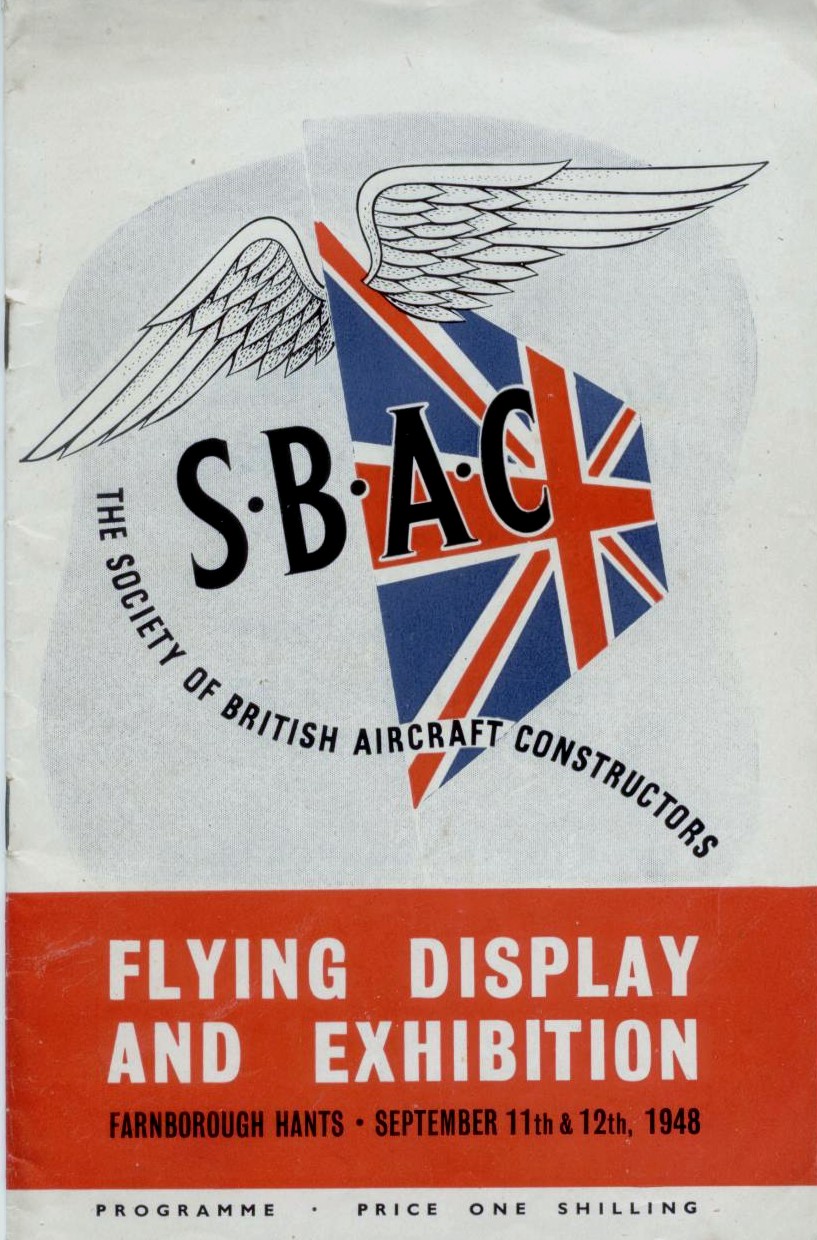|
Saunders-Roe Duchess
The Saunders-Roe Duchess also known as the model P.131 was a British design for a large jet-powered flying boat envisaged by Saunders-Roe, based in Cowes on the Isle of Wight. The Duchess had been intended to follow on from the propeller-driven Princess and drew heavily upon its design. Being larger than preceding commercial flying boats, as well as the novel use of jet engines for such a vehicle, Saunders-Roe promoted the Duchess as representing the next generation of flying boats to various civilian airlines. During the early 1950s, it was also promoted for military applications such as aerial reconnaissance and military transport duties, as had been the Princess. An even larger flying boat, the Saunders-Roe Queen, was also proposed around the same time. Unlike the Princess, however, no examples of the Duchess ever flew; attempts to garner interest in the concept never resulted in any orders being placed for the type, thus it never left the drawing board. Development Pri ... [...More Info...] [...Related Items...] OR: [Wikipedia] [Google] [Baidu] |
Flying Boat
A flying boat is a type of fixed-winged seaplane with a hull, allowing it to land on water. It differs from a floatplane in that a flying boat's fuselage is purpose-designed for floatation and contains a hull, while floatplanes rely on fuselage-mounted floats for buoyancy. Though the fuselage provides buoyancy, flying boats may also utilize under-wing floats or wing-like projections (called sponsons) extending from the fuselage for additional stability. Flying boats often lack landing gear which would allow them to land on the ground, though many modern designs are convertible amphibious aircraft which may switch between landing gear and flotation mode for water or ground takeoff and landing. Ascending into common use during the First World War, flying boats rapidly grew in both scale and capability during the interwar period, during which time numerous operators found commercial success with the type. Flying boats were some of the largest aircraft of the first half of ... [...More Info...] [...Related Items...] OR: [Wikipedia] [Google] [Baidu] |
Galley (kitchen)
The galley is the compartment of a ship, train, or aircraft where food is cooked and prepared. It can also refer to a land-based kitchen on a naval base, or, from a kitchen design point of view, to a straight design of the kitchen layout. Ship's cooking area A galley is the cooking area aboard a vessel, usually laid out in an efficient typical style with longitudinal units and overhead cabinets. This makes the best use of the usually limited space aboard ships. It also caters for the rolling and heaving nature of ships, making them more resistant to the effects of the movement of the ship. For this reason galley stoves are often gimballed, so that the liquid in pans does not spill out. They are also commonly equipped with bars, preventing the cook from falling against the hot stove. A small cooking area on deck was called a caboose or ''camboose'', originating from the nl, kombuis, which is still in use today. In English it is a defunct term used only for a cooking area that i ... [...More Info...] [...Related Items...] OR: [Wikipedia] [Google] [Baidu] |
Cantilever
A cantilever is a rigid structural element that extends horizontally and is supported at only one end. Typically it extends from a flat vertical surface such as a wall, to which it must be firmly attached. Like other structural elements, a cantilever can be formed as a beam, plate, truss, or slab. When subjected to a structural load at its far, unsupported end, the cantilever carries the load to the support where it applies a shear stress and a bending moment. Cantilever construction allows overhanging structures without additional support. In bridges, towers, and buildings Cantilevers are widely found in construction, notably in cantilever bridges and balconies (see corbel). In cantilever bridges, the cantilevers are usually built as pairs, with each cantilever used to support one end of a central section. The Forth Bridge in Scotland is an example of a cantilever truss bridge. A cantilever in a traditionally timber framed building is called a jetty or forebay. In t ... [...More Info...] [...Related Items...] OR: [Wikipedia] [Google] [Baidu] |
New Zealand
New Zealand ( mi, Aotearoa ) is an island country in the southwestern Pacific Ocean. It consists of two main landmasses—the North Island () and the South Island ()—and over 700 List of islands of New Zealand, smaller islands. It is the List of island countries, sixth-largest island country by area, covering . New Zealand is about east of Australia across the Tasman Sea and south of the islands of New Caledonia, Fiji, and Tonga. The country's varied topography and sharp mountain peaks, including the Southern Alps, owe much to tectonic uplift and volcanic eruptions. New Zealand's Capital of New Zealand, capital city is Wellington, and its most populous city is Auckland. The islands of New Zealand were the last large habitable land to be settled by humans. Between about 1280 and 1350, Polynesians began to settle in the islands and then developed a distinctive Māori culture. In 1642, the Dutch explorer Abel Tasman became the first European to sight and record New Zealand. ... [...More Info...] [...Related Items...] OR: [Wikipedia] [Google] [Baidu] |
Australia
Australia, officially the Commonwealth of Australia, is a sovereign ''Sovereign'' is a title which can be applied to the highest leader in various categories. The word is borrowed from Old French , which is ultimately derived from the Latin , meaning 'above'. The roles of a sovereign vary from monarch, ruler or ... country comprising the mainland of the Australian continent, the island of Tasmania, and numerous smaller islands. With an area of , Australia is the largest country by area in Oceania and the world's sixth-largest country. Australia is the oldest, flattest, and driest inhabited continent, with the least fertile soils. It is a megadiverse country, and its size gives it a wide variety of landscapes and climates, with deserts in the centre, tropical Forests of Australia, rainforests in the north-east, and List of mountains in Australia, mountain ranges in the south-east. The ancestors of Aboriginal Australians began arriving from south east Asia approx ... [...More Info...] [...Related Items...] OR: [Wikipedia] [Google] [Baidu] |
Tasman Empire Airways Limited
Tasman Empire Airways Limited (1940–1965), better known as TEAL, is the former name of Air New Zealand Limited (1965–). TEAL was formed by an ''Intergovernmental Agreement for Tasman Sea Air Services'' (also known as the ''Tasman Sea Agreement''), a treaty signed by the governments of United Kingdom, Australia and New Zealand in London on 10 April 1940. TEAL was first registered in Wellington as a limited liability company on 26 April 1940. The company's purpose was originally to transport mail, passengers and cargo across the Tasman Sea between Australia and New Zealand, during World War II. The treaty was originally intended to end within three months after hostilities with Germany ended, however was extended in 1949, the agreement ended on 31 March 1954, with control and ownership passing into normal commercial arrangements. The shares were originally held by the New Zealand Government (20%), Union Airways (19%), BOAC (38%) and Qantas (23%). After World War II shareh ... [...More Info...] [...Related Items...] OR: [Wikipedia] [Google] [Baidu] |
Farnborough Air Show
The Farnborough Airshow, officially the Farnborough International Airshow, is a trade exhibition for the aerospace and defence industries, where civilian and military aircraft are demonstrated to potential customers and investors. Since its first show in 1948, Farnborough has seen the debut of many famous planes, including the Vickers VC10, Concorde, the Eurofighter, the Airbus A380, and the Lockheed Martin F-35 Lightning II. At the 1958 show, the RAF's Black Arrows executed a 22-plane formation loop, setting a world record. The international trade show is put together every two years by FIL Farnborough International Ltd. and runs for five days. Until 2020, the show ran for a full week with trade visitors attending on the first five days and the weekend reserved for the general public. Programming takes place at the Farnborough Airport, which lies roughly 50 kilometres south-west of London. Status The Farnborough International Airshow is the second-largest show of its ki ... [...More Info...] [...Related Items...] OR: [Wikipedia] [Google] [Baidu] |
Felixstowe
Felixstowe ( ) is a port town in Suffolk, England. The estimated population in 2017 was 24,521. The Port of Felixstowe is the largest container port in the United Kingdom. Felixstowe is approximately 116km (72 miles) northeast of London. History The town is named after Felix of Burgundy, a saint and the first bishop of the East Angles in the seventh century. The old Felixstowe hamlet was centred on a pub and church, having stood on the site since long before the Norman conquest of England The Norman Conquest (or the Conquest) was the 11th-century invasion and occupation of England by an army made up of thousands of Norman, Breton, Flemish, and French troops, all led by the Duke of Normandy, later styled William the Conq .... The early history of Felixstowe, including its Roman Britain, Roman, Anglo-Saxon, Normans, Norman and medieval defences, is told under the name of Walton, Suffolk, Walton, because the name Felixstowe was given retrospectively, during the ... [...More Info...] [...Related Items...] OR: [Wikipedia] [Google] [Baidu] |
Marine Aircraft Experimental Establishment
The Marine Aircraft Experimental Establishment (MAEE) was a British military research and test organisation. It was originally formed as the Marine Aircraft Experimental Station in October 1918 at RAF Isle of Grain, a former Royal Naval Air Service seaplane base, to design, test and evaluate seaplanes, flying boats and other aircraft with a naval connection. It was renamed as the Marine and Armament Experimental Establishment on 16 March 1920 to recognise that weapons and other equipment were evaluated as well as complete aircraft. It was renamed again on 1 March 1924 as the Marine Aircraft Experimental Establishment. Relocations On 16 June 1924 the Establishment moved to the site of the former Seaplane Experimental Station seaplane base at Felixstowe. It carried out research and development work on water-based aircraft for service needs and also on their equipment and on air-sea rescue apparatus. The Establishment's work grew during its early years and by 1930 it was carrying ... [...More Info...] [...Related Items...] OR: [Wikipedia] [Google] [Baidu] |
De Havilland Comet
The de Havilland DH.106 Comet was the world's first commercial jet airliner. Developed and manufactured by de Havilland in the United Kingdom, the Comet 1 prototype first flew in 1949. It featured an aerodynamically clean design with four de Havilland Ghost turbojet engines buried in the wing roots, a pressurised cabin, and large square windows. For the era, it offered a relatively quiet, comfortable passenger cabin and was commercially promising at its debut in 1952. Within a year of entering airline service, problems started to emerge, three Comets being lost within twelve months in highly publicised accidents, after suffering catastrophic in-flight break-ups. Two of these were found to be caused by structural failure resulting from metal fatigue in the airframe, a phenomenon not fully understood at the time; the other was due to overstressing of the airframe during flight through severe weather. The Comet was withdrawn from service and extensively tested. Design and co ... [...More Info...] [...Related Items...] OR: [Wikipedia] [Google] [Baidu] |
Turboprop
A turboprop is a turbine engine that drives an aircraft propeller. A turboprop consists of an intake, reduction gearbox, compressor, combustor, turbine, and a propelling nozzle. Air enters the intake and is compressed by the compressor. Fuel is then added to the compressed air in the combustor, where the fuel-air mixture then combusts. The hot combustion gases expand through the turbine stages, generating power at the point of exhaust. Some of the power generated by the turbine is used to drive the compressor and electric generator. The gases are then exhausted from the turbine. In contrast to a turbojet or turbofan, the engine's exhaust gases do not provide enough energy to create significant thrust, since almost all of the engine's power is used to drive the propeller. Technological aspects Exhaust thrust in a turboprop is sacrificed in favor of shaft power, which is obtained by extracting additional power (beyond that necessary to drive the compressor) from turb ... [...More Info...] [...Related Items...] OR: [Wikipedia] [Google] [Baidu] |
Postwar
In Western usage, the phrase post-war era (or postwar era) usually refers to the time since the end of World War II. More broadly, a post-war period (or postwar period) is the interval immediately following the end of a war. A post-war period can become an interwar period or interbellum, when a war between the same parties resumes at a later date (such as the period between World War I and World War II). By contrast, a post-war period marks the cessation of armed conflict entirely. Post–World War II Chronology of the post–World War II era The term "post-war" can have different meanings in different countries and refer to a period determined by local considerations based on the effect of the war there. Some examples of post-war events are (in chronological order) ;The Cold War (1947–1991) The Cold War was a geopolitical conflict between the capitalist and liberal democratic United States of America, the authoritarian and Communist Marxist–Leninist Union of Sovi ... [...More Info...] [...Related Items...] OR: [Wikipedia] [Google] [Baidu] |





.jpg)
